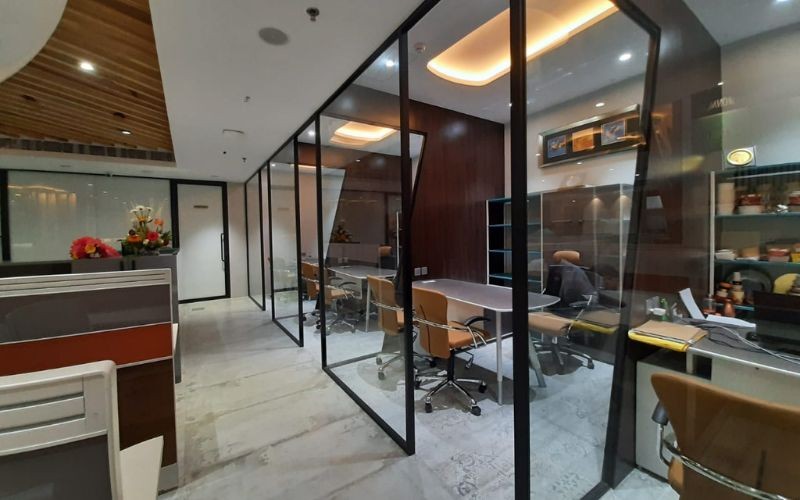Small offices often seem cramped. Walls block light, making spaces appear smaller. Workers in such environments feel limited all day. Open spaces naturally increase productivity and attitude. Designers use creativity to enhance restricted workstations. Glass is being used to create an open atmosphere. It lets light move freely. Transparency provides visual continuity between zones. Using a partition for glass office can define areas without reducing openness. A sense of space can be achieved without structural changes. Small offices can be drastically transformed with proper glass use. When light flows freely, spaces appear larger. Stress is reduced and workers are more motivated.
Making the Most of Natural Light
Glass walls allow light into office areas. Bright settings keep workers attentive and productive all day. Everywhere, sight improves and shadows decrease. Windowsill workstations no longer seem isolated. Designers can optimise desks for sunlight. Open sightlines increase worker connectivity. Daylight-deprived areas benefit from artificial lighting. Reflective surfaces improve brightness and make areas appear larger. Clear borders keep spaces light and avoid gloomy areas. Glass brightens everyone’s mood.
Designing an Open Layout
Open floor plans eliminate claustrophobia in small offices. Glass dividers replace solid barriers to create open workspaces. While distinguishing working spaces, visual continuity is maintained. Small offices have greater depth and breadth. Workers don’t feel crowded or watched because they can see across workspaces. Because of transparency, teams naturally collaborate. Clean sightlines make furniture placement more thoughtful. Low storage containers reduce visual clutter. Glass barriers and open spaces improve workplace comfort. Movement seems natural and spaces are more inclusive. Open designs make daily life more enjoyable and less confining. Offices feel more modern and polished with glass walls.
Glass and Flexible Zoning
To meet changing organisational needs, spaces must be flexible. Office layouts can be modified at any time with modular glass systems. Workers can rearrange areas without much construction. Openness and privacy coexist naturally. Glass office partitions elegantly segregate meeting places. Adding or removing glass doors quickly changes space. Conference rooms can feel big even in small spaces. Future changes are easier and cheaper for growing businesses. Installation of modular glass systems simplifies space planning. Management can change layouts for projects or seasons. Flexibility boosts productivity and satisfaction in small offices.
Better Style and Look
Glass readily and effectively enhances modern offices. Clear lines and transparency create sleek, minimalist settings. Offices seem sleek without updates or complex construction. Reflections brighten and beautify every room. Tinted or frosted glass adds subtle style. Etched designs and wall graphics personalise the space. Organisation and simplicity are everywhere in a minimalist appearance. Light-colored furniture and glass improve visual flow. Office design becomes functional and attractive for guests. Fashionable and well-designed workplaces make workers proud. Professional workplace design boosts professionalism and initial impressions. Glass creates a stylish background that complements any decor.
Conclusion
Glass transforms small offices into open and inviting environments naturally. Thoughtful use of partitions increases visual space without structural expansion. Light and transparency improve mood and productivity simultaneously in workplaces. Flexible designs adapt to evolving business requirements efficiently over time. Stylish finishes and thoughtful layouts elevate the overall appearance dramatically. Employees feel comfortable inspired and connected within open office settings. Small offices no longer need to feel confined or restrictive in any way. Strategic placement of glass maximizes space perception effectively across all areas.
